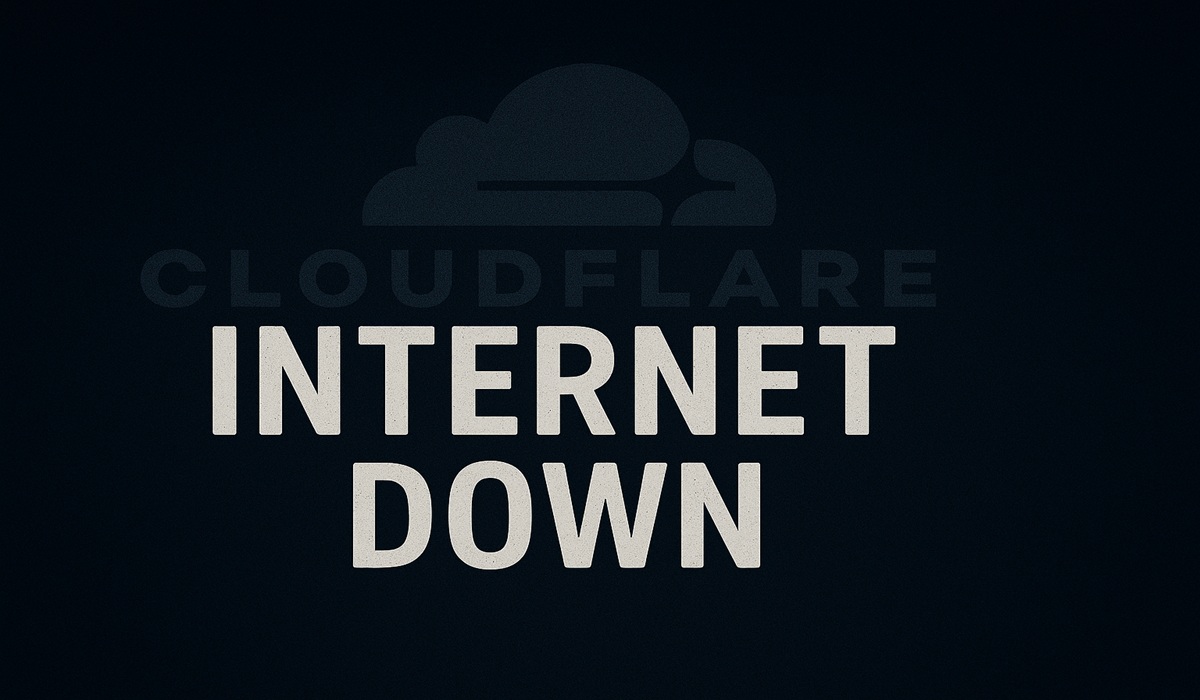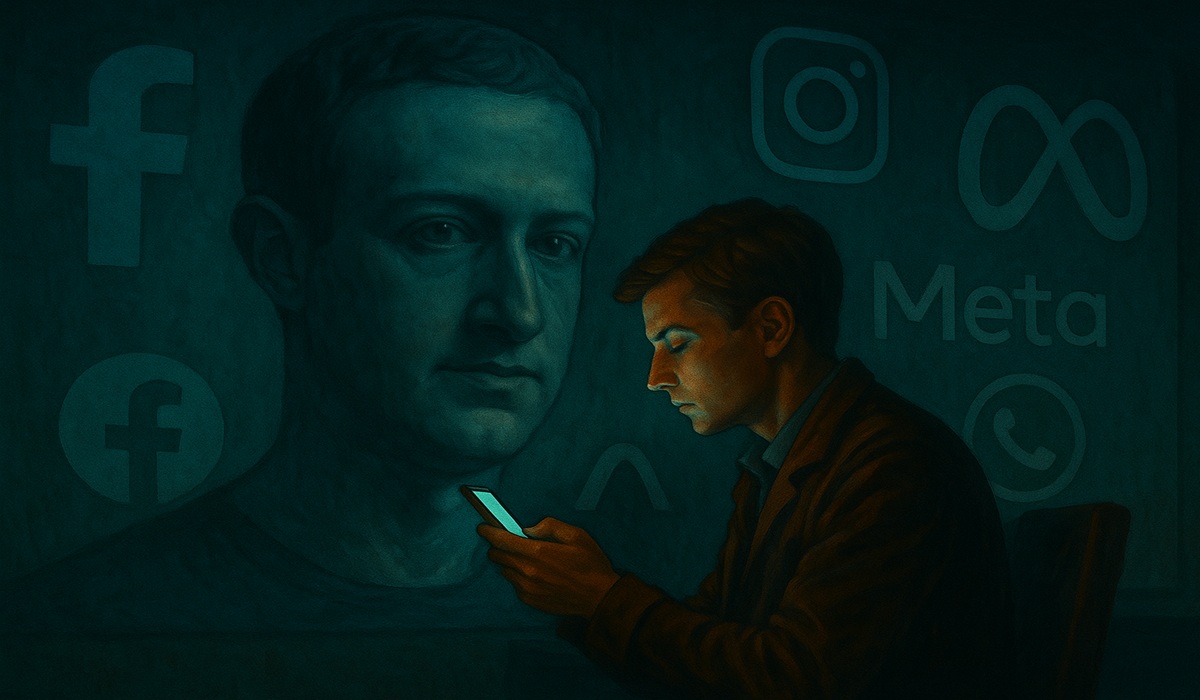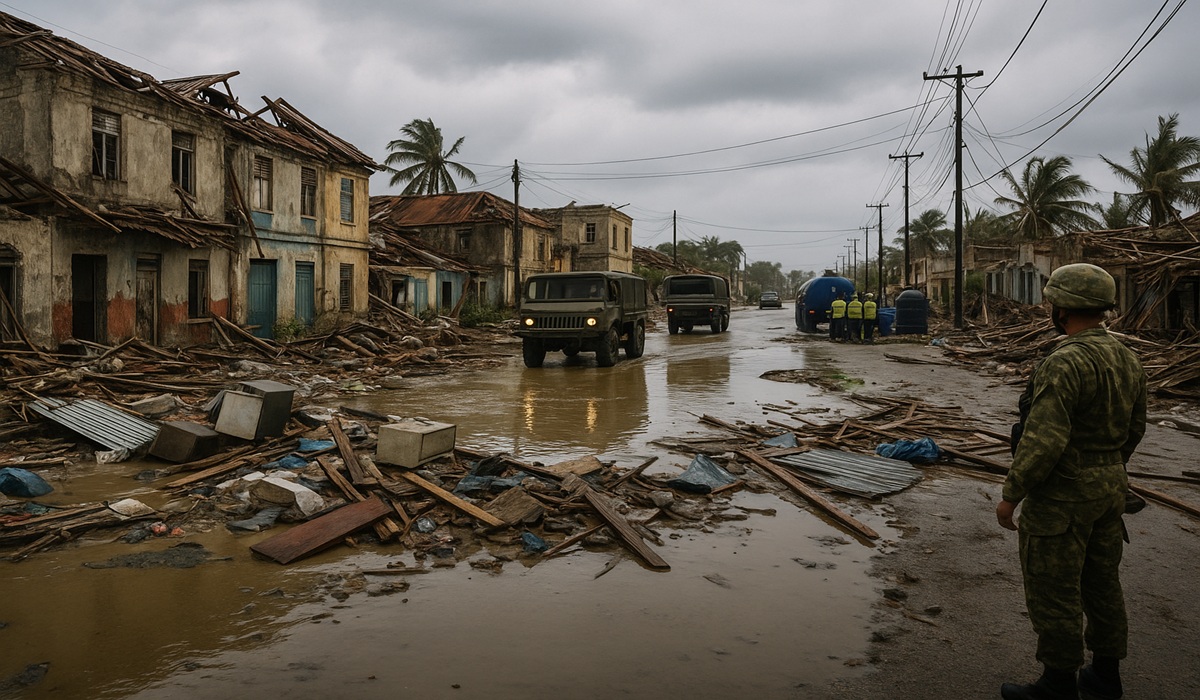Cloudflare Froze and The Internet Went Silent
- Ingrid Jones
- Breaking News
- Technology
- November 18, 2025

When half the internet suddenly blinked out, it felt like the digital equivalent of a city losing power. Apps froze, websites stalled, and countless businesses found themselves in limbo. At the center of it all was one of the world’s most important internet infrastructure companies—an organization so embedded in global connectivity that when it stumbles, everything around it follows.
Most people don’t realize how much of the online world runs through a handful of massive backbone networks. These companies handle routing, protect sites from cyberattacks, manage DNS lookups, accelerate load speeds, and keep traffic flowing smoothly behind the scenes. They’re the quiet giants that ensure your banking app loads, your favourite news site stays accessible, and your online purchases don’t time out. When one of these giants goes down, even for a moment, the effect is immediate and widespread.
That dependency explains why the outage felt so dramatic. Millions of domains rely on the same routing pathways. Countless apps depend on the same content delivery systems. Businesses trust the same security layer to guard them from DDoS attacks and malicious traffic. When that shared foundation collapses, the internet stops being a web of independent services and instead reveals itself for what it has become: a tightly interlinked ecosystem balanced on a few crucial pillars.
The root cause of these outages is often surprisingly small. A faulty configuration update. A routing rule applied incorrectly. A change propagated too far, too fast. Modern internet architecture is so large and complex that even one misstep can send shockwaves around the world. This isn’t unique to one company—AWS, Google Cloud, and Microsoft Azure have all experienced similar breakdowns. The problem isn’t bad engineering. It’s scale. The bigger the system, the bigger the fallout when something goes wrong.
But beyond the technical breakdown lies a larger lesson about the direction the internet has taken. For decades, people imagined online networks as decentralized and resilient. In reality, enormous portions of global traffic now run through a small number of private infrastructure providers. Their speed, security, and efficiency have made them indispensable. Yet their dominance also creates single points of failure—chokepoints where a single outage can knock major swaths of the web offline.
This latest disruption made that fragility impossible to ignore. For everyday users, it was a momentary annoyance. For businesses, it meant lost revenue, frozen transactions, and emergency calls to IT teams. For governments and security experts, it raised unsettling questions about global dependence on a few tech companies. And for engineers, it reinforced something they’ve warned about for years: resilience requires redundancy, not reliance on one provider.
What does it all mean moving forward? It means the internet will need to evolve. Companies must rethink how many eggs they put in one basket, spreading critical systems across multiple providers rather than tying everything to a single network. Policymakers will pay more attention to infrastructure vulnerabilities that used to seem abstract. Developers will demand better safeguards before updates roll out. And large platforms may begin diversifying their backend systems to avoid being caught in the next global outage.
Most importantly, it forces us to confront the myth that the internet is some untouchable, unstoppable force. In reality, it’s a vast machine held together by code, cables, and decisions made by people. When a key part of that machine falters, the world feels it instantly.
The blackout wasn’t just an inconvenience. It was a reminder of how interconnected everything has become—and how precarious that interconnection can be. The digital world works astonishingly well most days, but moments like this expose the limits of a system built on immense complexity and limited alternatives. The good news is that outages pass. The challenge is making sure the lessons don’t disappear with them.








